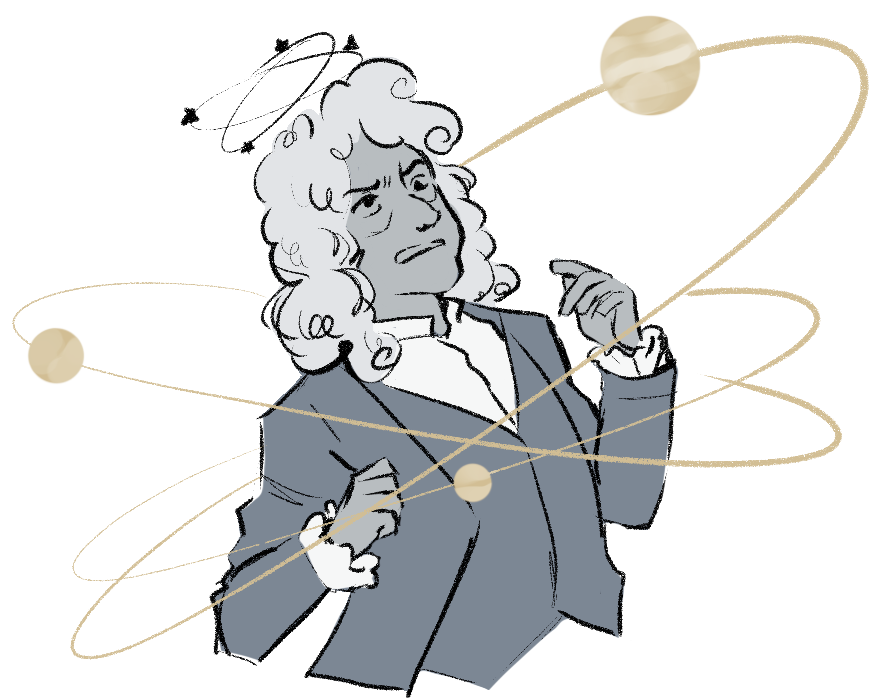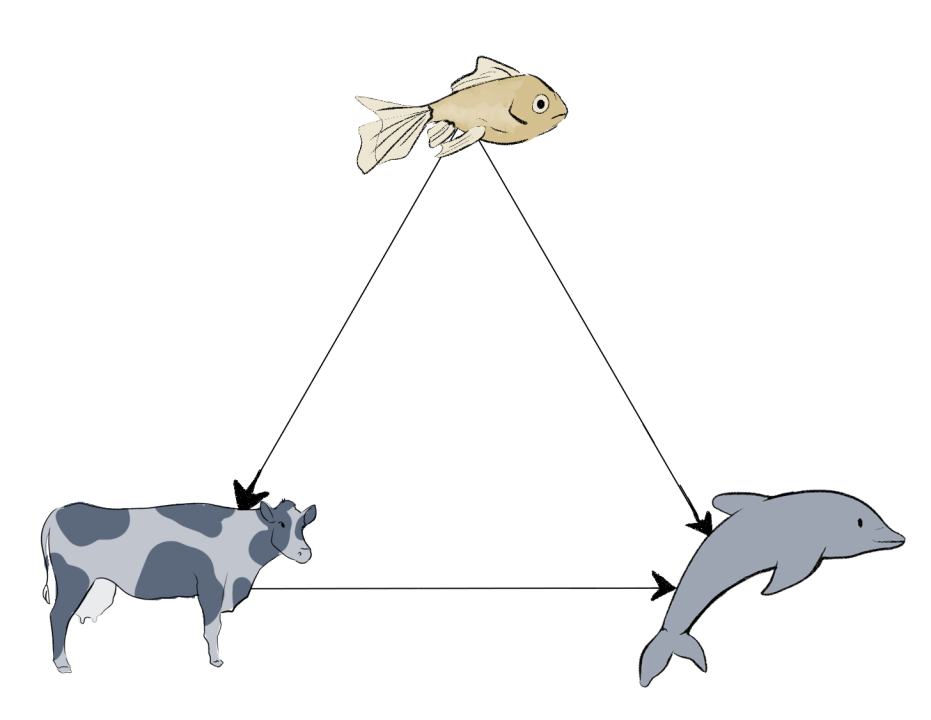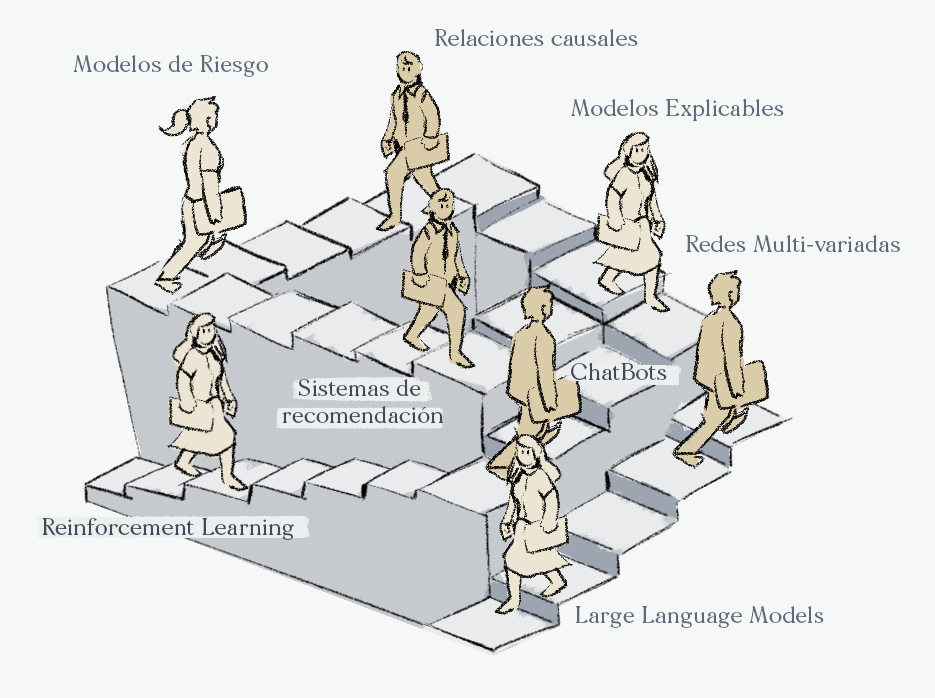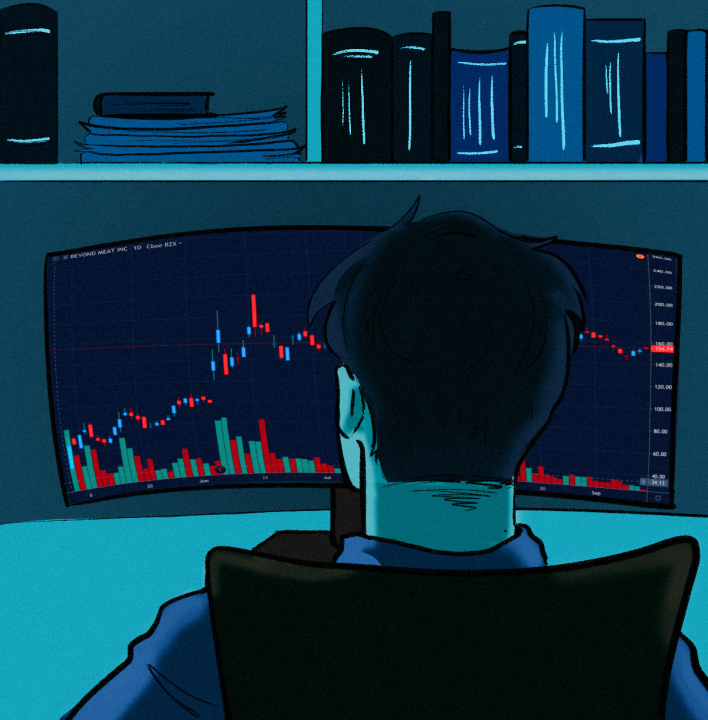Deep Learning en 50 artículos for the working scientist (tomo I)


Hace algunos meses publicamos en este boletín nuestro artículo Ciencia de Datos en 50 artículos for the working analyst en el que señalamos las 50 publicaciones científicas más relevantes para el trabajo de los científicos de datos.
El día hoy publicaremos el primer tomo de los 50 artículos más relevantes para los científicos que están interesados en las redes neuronales profundas. Con estos primeros 25 artículos proponemos recorrer una gran parte de la historia de Deep Learning desde distintos puntos de vista, tanto el de su desarrollo empírico como el de sus aplicaciones a distintos ámbitos científicos.
Nos gustaría conocer su opinión sobre artículos que faltan en esta lista, hay algunos títulos evidentes aunque otros menos conocidos pero de gran importancia.
Aún está pendiente nuestra tercera edición llamada Machine Learning en 50 artículos for the working mathematician en el que recopilaremos los trabajos más relevantes desde un punto de vista teórico matemático.
A partir de Febrero del 2024 todos nuestros estudiantes recibirán la lista completa de los 150 artículos, todos ellos comentados por nuestros profesores, esperamos que esta lista sea de gran ayuda para todos aquellos que comienzan su carrera en esta área maravillosa.
Los primeros 25 títulos
- Rosenblatt, F., 1958. The perceptron: a probabilistic model for information storage and organization in the brain. Psychological review, 65(6), p.386.
- Nesterov, Y.E.E., 1983. A method of solving a convex programming problem with convergence rate O\bigl(k^2\bigr). In Doklady Akademii Nauk (Vol. 269, No. 3, pp. 543-547). Russian Academy of Sciences.
- Rumelhart, D.E., Hinton, G.E. and Williams, R.J., 1986. Learning representations by back-propagating errors. nature, 323(6088), pp.533-536.
- Ackley, D.H., Hinton, G.E. and Sejnowski, T.J., 1985. A learning algorithm for Boltzmann machines. Cognitive science, 9(1), pp.147-169.
- LeCun, Y., Boser, B., Denker, J.S., Henderson, D., Howard, R.E., Hubbard, W. and Jackel, L.D., 1989. Backpropagation applied to handwritten zip code recognition. Neural computation, 1(4), pp.541-551.
- LeCun, Y. and Bengio, Y., 1995. Convolutional networks for images, speech, and time series. The handbook of brain theory and neural networks, 3361(10), p.1995.
- Rumelhart, D.E., Hinton, G.E. and Williams, R.J., 1986. Learning representations by back-propagating errors. nature, 323(6088), pp.533-536.
- Ackley, D.H., Hinton, G.E. and Sejnowski, T.J., 1985. A learning algorithm for Boltzmann machines. Cognitive science, 9(1), pp.147-169.
- Hinton, G.E. and Salakhutdinov, R.R., 2006. Reducing the dimensionality of data with neural networks. science, 313(5786), pp.504-507.
- Krizhevsky, A., Sutskever, I. and Hinton, G.E., 2012. Imagenet classification with deep convolutional neural networks. Advances in neural information processing systems, 25.
- Hinton, G.E. and Salakhutdinov, R.R., 2006. Reducing the dimensionality of data with neural networks. science, 313(5786), pp.504-507.
- Srivastava, N., Hinton, G., Krizhevsky, A., Sutskever, I. and Salakhutdinov, R., 2014. Dropout: a simple way to prevent neural networks from overfitting. The journal of machine learning research, 15(1), pp.1929-1958.
- Vaswani, A., Shazeer, N., Parmar, N., Uszkoreit, J., Jones, L., Gomez, A.N., Kaiser, Ł. and Polosukhin, I., 2017. Attention is all you need. Advances in neural information processing systems, 30.
- Mikolov, T., Sutskever, I., Chen, K., Corrado, G.S. and Dean, J., 2013. Distributed representations of words and phrases and their compositionality. Advances in neural information processing systems, 26.
- Scarselli, F., Gori, M., Tsoi, A.C., Hagenbuchner, M. and Monfardini, G., 2008. The graph neural network model. IEEE transactions on neural networks, 20(1), pp.61-80.
- Ackley, D.H., Hinton, G.E. and Sejnowski, T.J., 1985. A learning algorithm for Boltzmann machines. Cognitive science, 9(1), pp.147-169.
- Mnih, V., Kavukcuoglu, K., Silver, D., Rusu, A.A., Veness, J., Bellemare, M.G., Graves, A., Riedmiller, M., Fidjeland, A.K., Ostrovski, G. and Petersen, S., 2015. Human-level control through deep reinforcement learning. nature, 518(7540), pp.529-533.
- Silver, D., Schrittwieser, J., Simonyan, K., Antonoglou, I., Huang, A., Guez, A., Hubert, T., Baker, L., Lai, M., Bolton, A. and Chen, Y., 2017. Mastering the game of go without human knowledge. nature, 550(7676), pp.354-359.
- Senior, A.W., Evans, R., Jumper, J., Kirkpatrick, J., Sifre, L., Green, T., Qin, C., Žídek, A., Nelson, A.W., Bridgland, A. and Penedones, H., 2020. Improved protein structure prediction using potentials from deep learning. Nature, 577(7792), pp.706-710.
- Radford, A., Narasimhan, K., Salimans, T. and Sutskever, I., 2018. Improving language understanding by generative pre-training.
- Simonyan, K. and Zisserman, A., 2014. Very deep convolutional networks for large-scale image recognition. arXiv preprint arXiv:1409.1556.
- Goodfellow, I., Pouget-Abadie, J., Mirza, M., Xu, B., Warde-Farley, D., Ozair, S., Courville, A. and Bengio, Y., 2020. Generative adversarial networks. Communications of the ACM, 63(11), pp.139-144.
- Bahdanau, D., Cho, K. and Bengio, Y., 2014. Neural machine translation by jointly learning to align and translate. arXiv preprint arXiv:1409.0473.
- Kingma, D.P. and Ba, J., 2014. Adam: A method for stochastic optimization. arXiv preprint arXiv:1412.6980.
- Li, Z., Kovachki, N., Azizzadenesheli, K., Liu, B., Bhattacharya, K., Stuart, A. and Anandkumar, A., 2020. Fourier neural operator for parametric partial differential equations. arXiv preprint arXiv:2010.08895.
Oferta académica
- Track de Ciencia de Datos. (49 semanas).
- Machine Learning & AI for the Working Analyst ( 12 semanas).
- Matemáticas para Ciencia de Datos ( 24 semanas).
- Especialización en Deep Learning. (12 semanas).
- Track de Finanzas Cuantitativas (49 semanas)
- Aplicaciones Financieras De Machine Learning E IA ( 12 semanas).
- Las matemáticas de los mercados financieros (24 semanas).
- Deep Learning for Finance (12 semanas).






